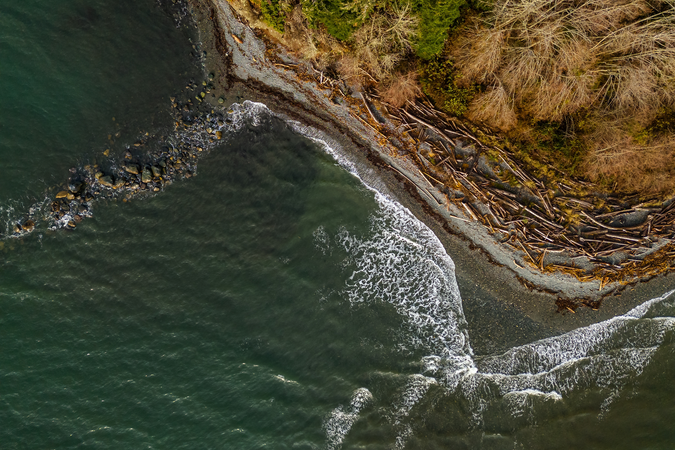Biodiversity, Ecosystem Services, and Land Use: Comparing Three Federal Policies
DownloadNatural ecosystems provide a variety of benefits to society, known as “ecosystem services.” Fundamental to the provision of ecosystem services in a region is its underlying biodiversity, i.e., the wealth and variety of plants, animals, and microorganisms. Because the benefits from ecosystem services and biodiversity are not valued in market exchanges, private landowners tend to undersupply them. We compare and contrast the different approaches taken to providing ecosystem services on private land in three federal programs—the Endangered Species Act, the Conservation Reserve Program, and Section 404 of the Clean Water Act. The Endangered Species Act (ESA) places restrictions on land uses for private landowners if endangered species, or critical habitats for endangered species, are found on their properties. The Conservation Reserve Program (CRP) compensates farmers for removing valuable property from agricultural production to preserve wildlife habitat, water and soil quality, and other ecosystem values. Section 404 of the Clean Water Act prohibits destruction or damage to wetlands, unless individuals buy credits for equivalent wetlands created by third parties—so-called “wetlands mitigation banks.” These three policies run the gamut from a command-and-control regulatory approach to a “payment for ecosystem services” option. We summarize the economics literature on key findings from these programs.





